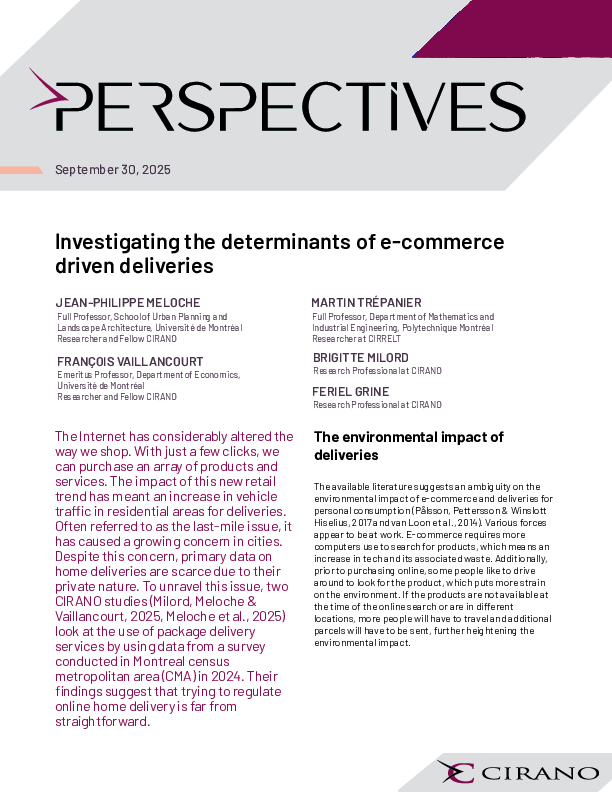Modélisation de règles budgétaires pour l’après-COVID
The purpose of this work is to assess the contribution that the imposition of fiscal rules might have on the return to the 0 deficit announced for 2027-28 in the 2021-22 budget. Our approach simulates many future economic scenarios, each incorporating fiscal rules. This exercise is repeated a large number of times, generating a distribution of budget deficits for each desired time horizon and for each budget rule analyzed. This approach builds on a historical study of budget gaps to develop a model for simulating the gaps that takes into account their evolution over time and their correlation between budget components using a factor model. Our two-step approach allows simulation of future deficits: based on the simulated value of the factor, the gaps of the various budget components are determined. Then, for each budget component, the actual revenue or expenditure is obtained directly from the budgeted value (which reflects the application of a budget rule) and the gap. The simulated value of the deficit can then be calculated. We study by simulation the impact of two broad classes of budget rules. The first limits the growth of expenditures for each mission to 5% per year, while the second allows a higher increase for health and social services, 6%, than for the other missions, 2%. Each of these rules is analyzed under a baseline scenario and two alternative specifications: the first allows for a feedback effect and imposes a decrease in spending if budget targets are missed, while the second considers an increase in economic and fiscal uncertainty. In this report, we take as starting point the deficit path projected by the ministry in last March's budget documents. In particular, we impose a return to a balanced budget in fiscal year 2027-28 and adjust revenues to reflect this constraint. Our simulation results can be found in Tables 1 and 2 and are summarized in Tables 3 and 4.




